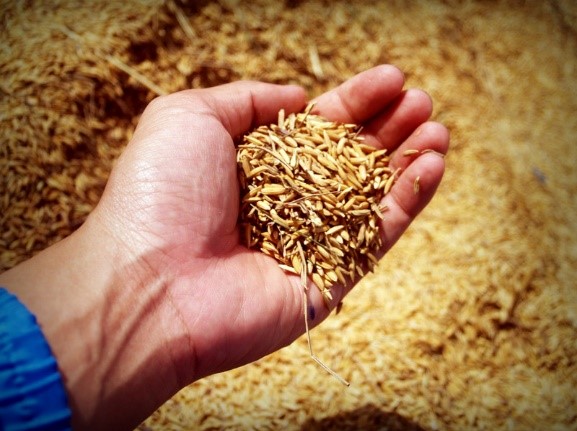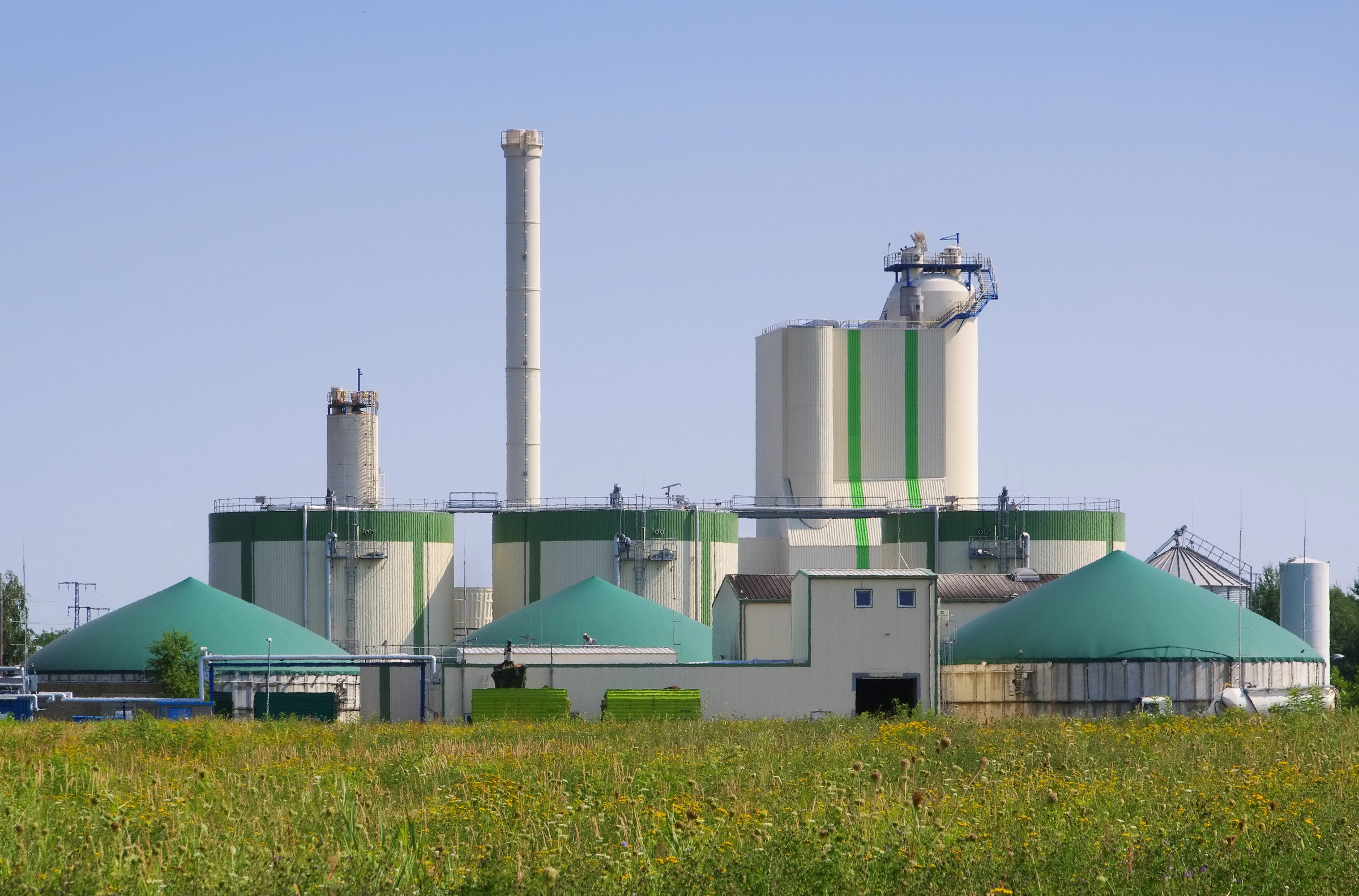In this series of articles, we bring you the journey of your food, from farm to fork, highlighting the agricultural sensors used along the way. Edinburgh Sensors products can be used in virtually every step of the food chain in order to ensure the quality and safety of the final food product.
This article focuses on the first step of the journey, food production. The origin of the majority of food products lies within agriculture. For example bread, milk, meat, vegetables and sugar are all produced directly on farms or derive from produce that does. Crops are grown, harvested and stored by farmers before being transported directly to markets or to processing plants for transformation into a variety of different products. Animals are also raised by farmers for meat, milk and egg production.
In the past few centuries farming has undergone dramatic changes as new technologies and methods have been developed which have enhanced productivity and allowed us to keep up with growing food demands.
The use of gas sensors used in agriculture has greatly assisted food production as it is paramount on many farms due to a number of applications. This article will explore just a few of these processes such as the use of gas sensors within vertical farming, the detecting the spoilage of grains, controlled environment horticulture, anaerobic digestion and biogas.
Vertical Farming Technology
Vertical farming is the practice of producing food in vertical layers using indoor farming techniques and controlled-environment agriculture technology, where many environmental factors can be controlled.
The aim of vertical farming technology is to create food products in an efficient and waste-free way that will provide a secure supply of food year-round while using minimal space, water, and energy. Vertical farms can be built in small urban spaces and use 95% less water than their horizontal counterparts.
The creation of the perfect environment and the perfect amount of CO2 in the atmosphere is essential for optimising crop yields in vertical farming. Therefore CO2 gas sensors are vital, such as the Boxed Gascard from Edinburgh Sensors, which guarantees optimum conditions for plant growth.
Find out more about gas sensing for vertical farming: https://edinburghsensors.com/news-and-events/perfect-environment-vertical-farming/

Detecting Spoilage of Stored Grains
Over 50% of stored grains are lost after harvesting due to spoilage caused by mould or insect infestation, which could be combatted by the early detection of spoilage with gas sensors for CO2 measurement.
Controlling the temperature and moisture levels in grain storage is crucial for their overall quality and edibility because insects and mould are dependent on the temperature and moisture of the stored grains. Some moulds release mycotoxins which are harmful to humans because they can suppress the immune system, reduce nutrient absorption, cause cancer, and can even be lethal.
CO2 measurements are quick and easy to attain and can detect mould and insect infestation 3-5 weeks earlier than temperature monitoring, which means that once the spoilage is detected the problem can be addressed by aerating, turning, or selling the grain. Not only do these CO2 measurements detect spoilage, but they also help farmers determine which storage structure should be unloaded first.
With Edinburgh Sensor’s gas detection solutions you can monitor CO2 levels for a more successful harvest.
Find out more: https://edinburghsensors.com/news-and-events/stored-grains/

Controlled Environment Horticulture
Modern systems have been developed for Controlled Environment Horticulture that are designed to further optimise the growing conditions of crops. They use sophisticated computer controlled sensors, combined with advanced software models that can control not only the temperature, light level and water, but also the level of nutrients, humidity, pH and Carbon Dioxide within the atmosphere.
Carbon dioxide enrichment through controlling the environment is required in large glass greenhouses when the CO2 present in the air becomes depleted as this slows down the photosynthesis process and reduces productivity.
Edinburgh Sensors has a reputation for reliable, accurate, long-term stability and low maintenance gas sensing products, which are used extensively world-wide in carbon dioxide enrichment systems for the growth of plants.
Learn more about controlled environment horticulture: https://edinburghsensors.com/carbon-dioxide-sensing-for-horticulture/

Anaerobic Digestion and Biogas
Anaerobic digestion is the process by which organic matter such as animal or food waste is broken down to produce biogas and biofertiliser. The process happens in the absence of oxygen in a sealed, oxygen-free tank called an anaerobic digester.
Early gas detection through carbon dioxide and methane sensing is crucial to the evaluation of the efficiency of the Anaerobic Digestion process. If concentration levels are too high or too low, this can indicate a drop in the efficiency of the fermentation process. Key gases detected are CH₄, (the useful fuel component), CO₂ and H₂S (potentially dangerous by-products).
Furthermore, most plants also feature air monitoring to protect personnel from the unplanned accumulation of leaked gasses such as methane, nitrogen and carbon dioxide.
Our high performance OEM gas detector, the Gascard NG is capable of real-time measurement of CO₂ and CH₄ from 0-100% to 0-3000ppm.
Discover more about gas sensing for anaerobic digestion: https://edinburghsensors.com/methane-and-carbon-dioxide-sensing-for-anaerobic-digestion-and-biogas/

Stay in touch for more articles in our ‘Farm to Fork’ series
If you are interested in the use of gas sensors for food production, please browse our range of gas sensing products and do not hesitate to get in touch as we look forward to being of assistance.
Alternatively, to stay tuned for the rest of the blog posts in this ‘Farm to Fork’ series, why not join us on social media and sign up to our infrequent newsletter via the button below.

